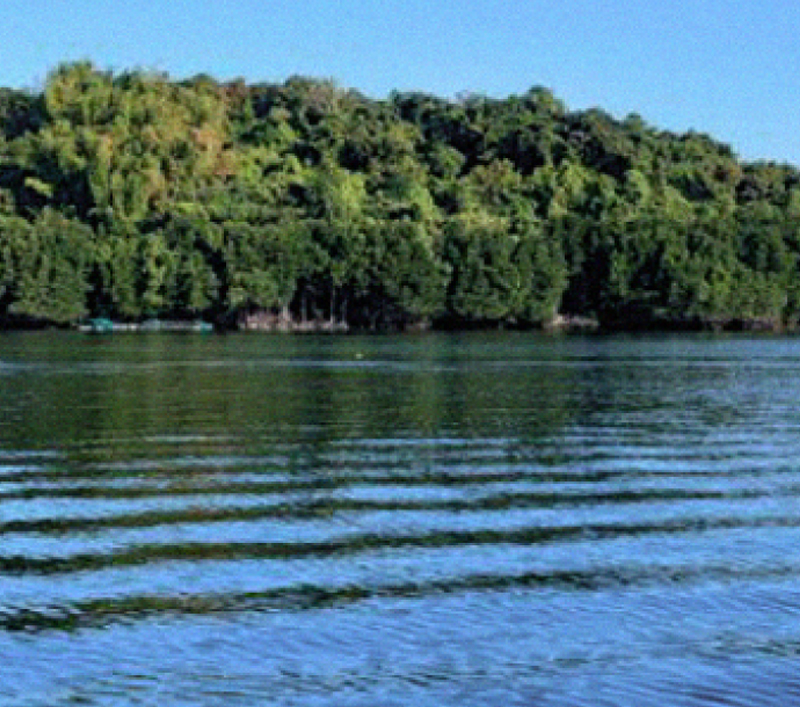CCIPH’s expertise extends beyond terrestrial ecosystems and into critical marine habitats. Well-managed protected areas can effectively protect individual species, biodiversity, and ecosystem services and this is ably demonstrated in two important projects namely the Benthic Habitat Mapping and Beach Profiling in Masinloc and Oyon Bay Protected Landscape and Seascape (MOBLS) and the Siargao Island Protected Landscape and Seascape (SIPLAS) Marine Ground-truthing and Mapping.
In the MOBPLS project, CCIPH determined how multiple external pressures and threats of natural and anthropogenic causes have affected Masinloc and Oyon by comparing the seagrass and coral reef conditions between 2018 and 2022. CCIPH’s Geospatial team was able to explain and illustrate how the benthic habitat maps were developed. The information derived from the habitat maps indicates the status and changes in the spatial extent and distribution of the coral reefs, seagrasses, and other shoreline ecosystems in the MOBPLS. The generated maps presented the loss of coral reefs and seagrasses over time and the associated possible causes or drivers.
For the SIPLAS Project, CCIPH conducted a series of marine ground truthing and mapping activities in the areas of interest, including San Benito, Santa Monica, Del Carmen, Dapa, General Luna, and Socorro. The activity was able to generate pre- and post-Odette benthic maps as well as Bathymetric and Substrate Maps. Typhoon Odette (Super Typhoon Rai), first made landfall on Dinagat Islands and Siargao-Bucas Grande Islands in SIPLAS and caused severe damage in its wake. Fishing is among the major sources of income and livelihood in SIPLAS, hence it is of utmost importance to determine the impact of Odette on the marine ecosystem in the area.

